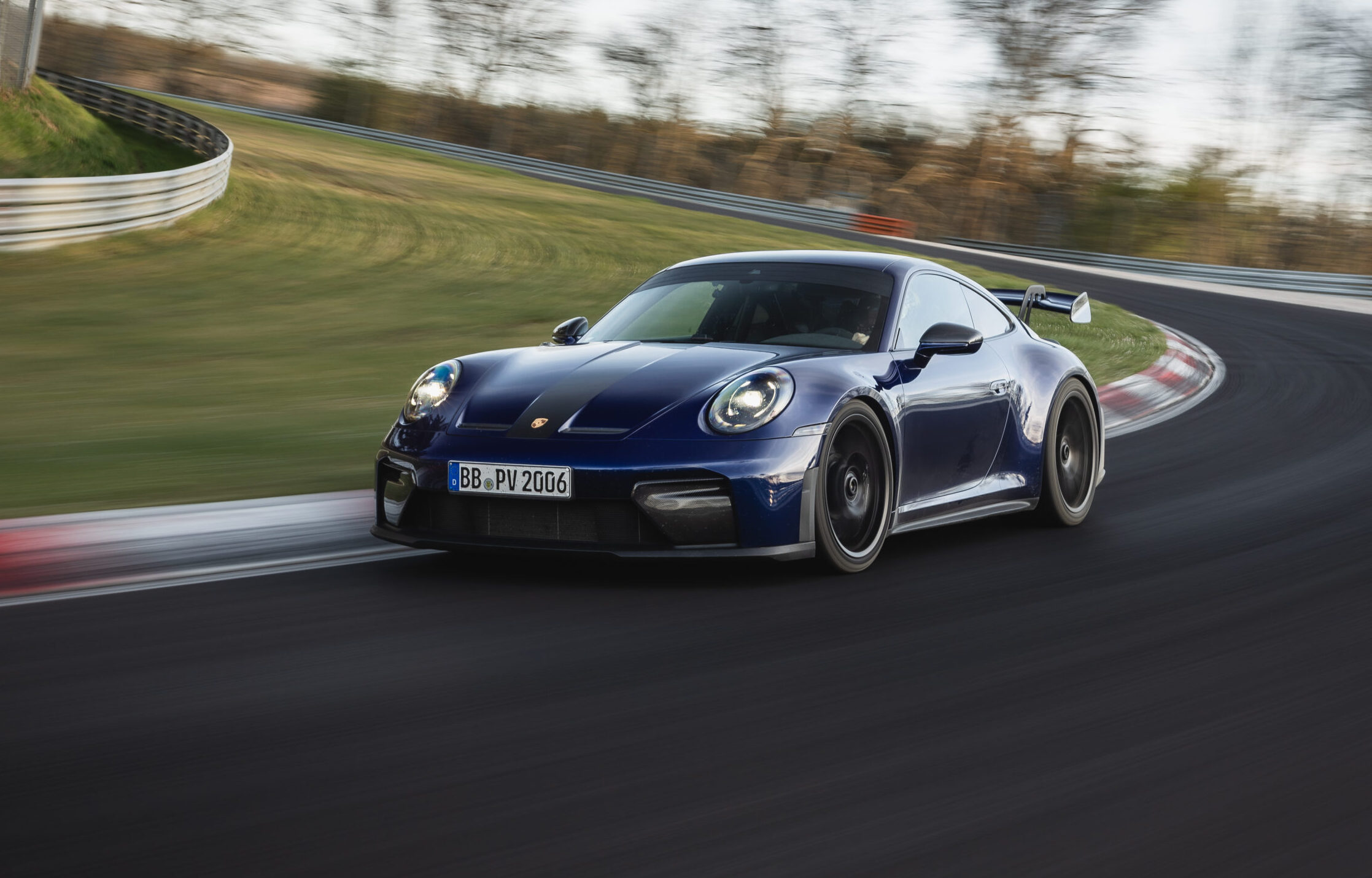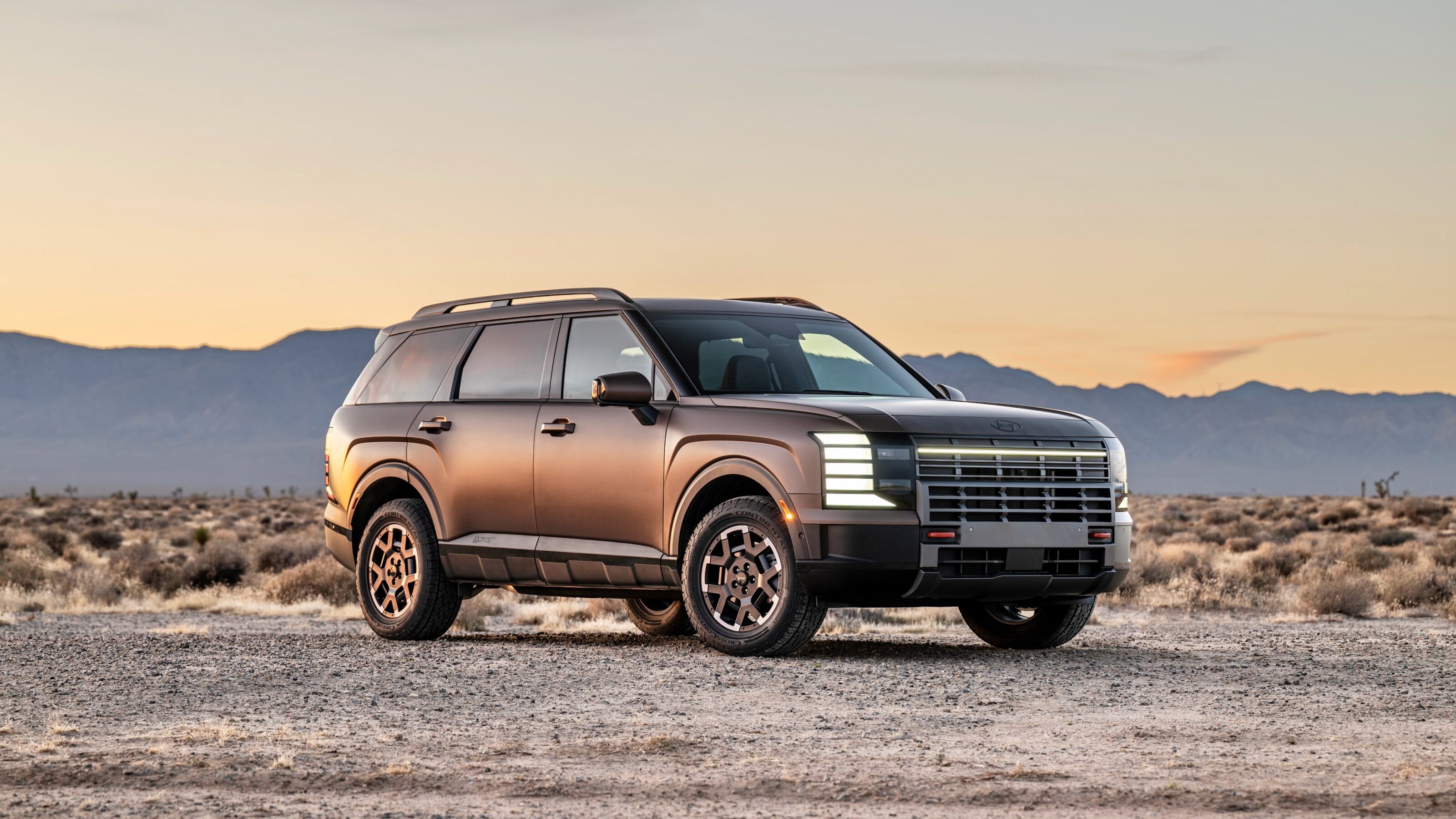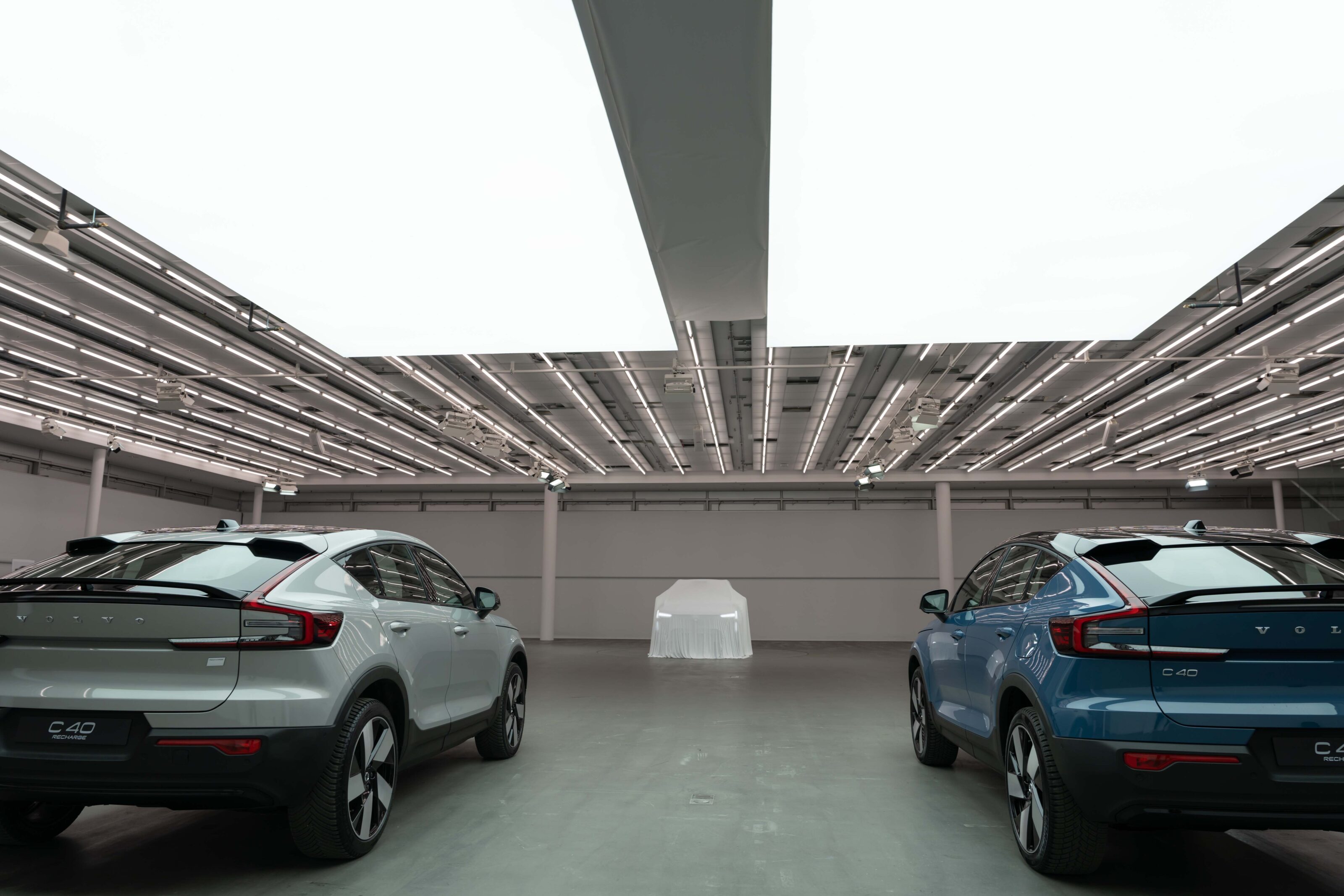
Snapshot
- Electrification is inevitable
- Volvou2019s size is an advantage for the pivot
- China critical to driving down supply chain cost and emissions
Bjorn Annwall, Volvo Cars‘ Chief Commercial Officer, says the company is all in on electric for 2030.
The brand took the bold step of announcing this target and its intention to go fully-electric in Australia by 2026 over the past few months.
Annwall sees the progress to electrification around the world as inevitable.
“We put our strategy in place quite some time ago. There are so many reasons why the world will electrify,” he told Wheels. “It starts from a sustainability perspective – consumers want that. And it’s also better technology. You get into a car and it has no noise, great torque, it’s just a better technology and that will happen.
“Different governments, it will ebb and flow as to how much they lean into it. The US Government is leaning in much more. The Swedish Government has leaned in very heavily and now it’s starting to lean back because now it’s happening anyway.”
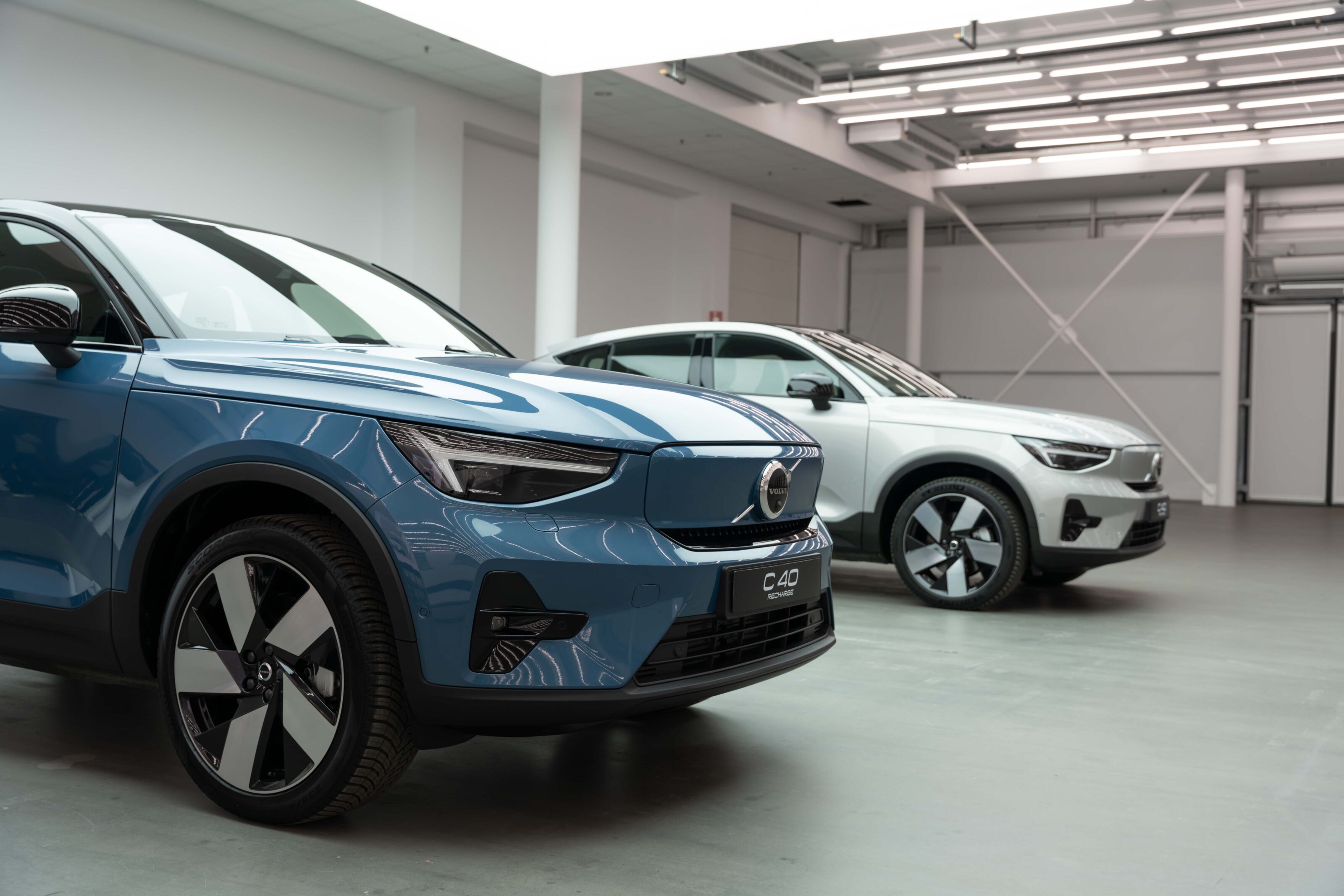
Annwall says that Volvo’s strategy makes sense because the carmaker is poised to capitalise on the move to EVs due to its size and market positioning. Volvo is targeting 1.2 million cars a year by the middle of this decade with continued growth as the proportion of ICE cars dwindles. That’s an increase of half a million sales in two to three years.
“We think it’s a very good strategy to be strong and gain market share in a growing part of the market and give up market share in a shrinking part of the market,” he said.
“I don’t know if the full market will be 20 or 50 or 80 or 90 per cent fully-electric in 2030, given we have one per cent of global market share, it doesn’t really matter. We need to be really good in the part that has electrified and gain market share in that. That’s our strategy.”
Part of this strategy has seen Volvo spin-off its engine-making division into a separate entity. This was partly due to branding issues for other nameplates within the Geely group, but also underlines Volvo untethering itself from internal combustion engines (ICE).
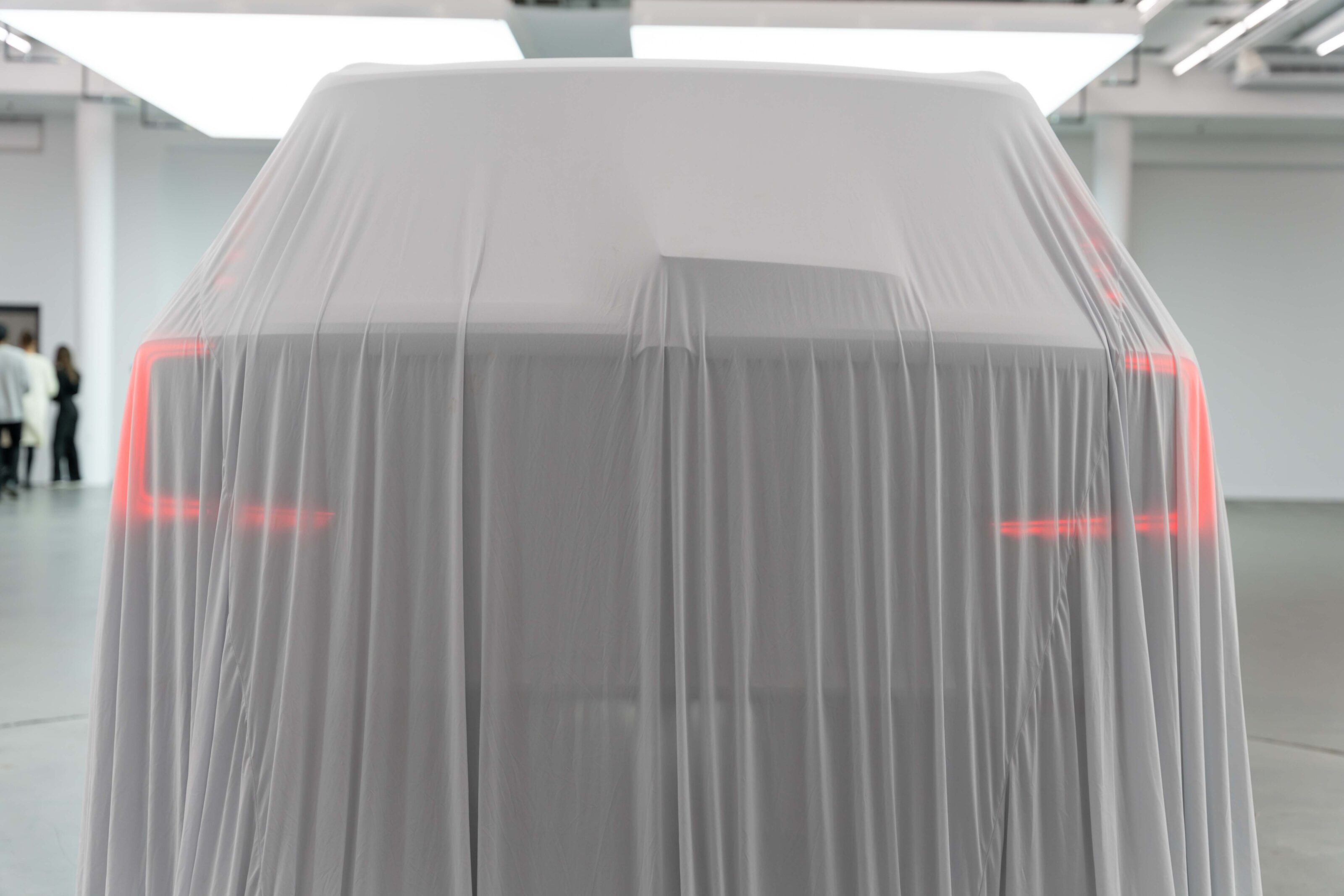
Volvo had two ICE factories, one in Sweden and one in China, along with a large department responsible for development. That part of the business is now separate and is an external supplier.
“There are a lot of difficulties in the BEV transition,” he said, referring to various supply chain issues and environmental concerns around the production of EV batteries.
“It’s not as simple as solving all our problems – far from it – but it’s a good step in the right direction. And then we need to tackle all these problems. One is to make sure we get the battery raw materials in an efficient way, in a safe way, but that we also that we get a much better recycling process in place from the get-go.”
Annwall sees that there is still a lot work to come on reducing the carbon emissions from the supply chain given the amount of steel and aluminium in the cars. Part of that is recycling, and he believes that Volvo – and perhaps by extension the industry – should take the lead on finding solutions.

“Unless you design the cars from the beginning for recyclability, it’s going to be very, very hard. Today we do a bad job because we’re gluing things together, mixing and matching. The actual value you get from the car is much lower than if you have a clean way.”
Vertical integration is another key to this. Annwall agrees with the idea that pivoting to EVs is an opportunity to reassess how much of the car is under Volvo’s direct control. Industry darlings Tesla and BYD both claim large margins for their businesses owing to their high level of vertical integration. This approach means that the carmaker itself has greater control over the production and development of key components.
“It is and we are re-assessing it and we are getting more vertically integrated in a different way,” the CCO added. “I think both the shift to EV – which I think is more of a shift to core compute based vehicle architecture – that’s one big driver. And another is the electrification. And on both of those we are getting more vertically integrated.

“Clearly, you can’t be premium automotive if you don’t have your own ICE production in the past, because it’s such a big piece of the material cost and you need to have that under control. Now, we’re becoming a fully-electric company, we’ve spun off all our ICE development and all of our ICE factories and instead are using those resources to make electrical propulsion more efficient. And part of that next S curve of getting that more efficient is better chemistry, electric motors, inverters and battery management.
“But it’s also how all of that plays together. Getting that integrated into the vehicle architecture. As an example, our next-generation vehicle architecture that’s going to underpin the replacement of the XC60, we will take the third step of our electric architecture. There the battery cells will actually be glued into the floor of the vehicle and will be a structural element of the car.”
He describes the current battery architecture as like a Russian doll, where cells are placed in packs which are put in a module that you put in a box in the car.

“You can take away a lot of cost and drive efficiency by doing it that way. So there we’re integrating vertically back, because as a premium OEM in the future electrified market, you need to have control over that optimisation piece. It’s also a big part of the material cost of the car.
Asked whether the overall approach would improve margins (ie drive down cost), Annwall says it should.
“To some degree, that’s right. In the past, we were stuck in the Tier 1s. If you wanted to change out the system, there was a lot of complication. Now with separate hardware and software, it’s easy to change the hardware, so you’re changing the structure of the supply chain. It’s more complicated than you think.

“If you look at an engineering organisation, every system is its own department and every department has its own Tier 1 supplier. And they’re actually doing most of the development if we’re really honest. Now all of a sudden, we need take over much more of the development. It used to be very simple, because you have this department called Complete Vehicle. They basically said you get this much space and this much cost – they were the kings. They were mechanical guys working with geometry.
“Now you come into the core architecture-based guys. Now the guys who sit on the core architecture, they are the kings. They tell you how much space you get on the processing power, you’re completely changing who’s the king. We have 7000 people and that’s why we’re doing all this change all at once. We’re going fully-electric, fully core compute architecture at once. We’re not trying to do ICE and BEVs at the same time. Some of our competitors are trying to that. It’s very hard to drive an organisation of 7000 people with two kings.”
Another factor to this integration – and reducing emissions – is to “produce where you sell and source where you build”, which Annwall says is part of the China factory strategy.
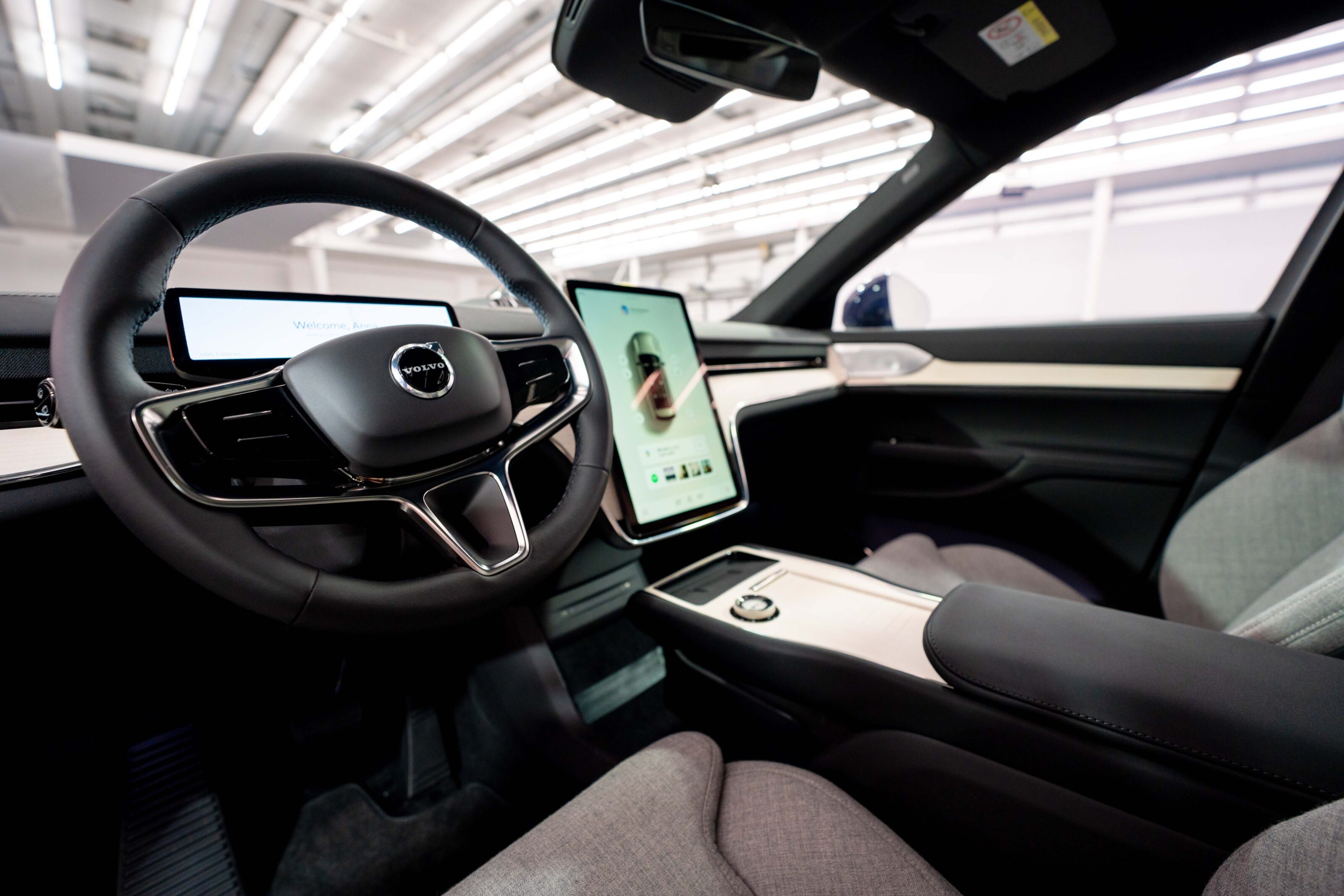
He credits the company’s manufacturing presence in China as a way to help reduce emissions, but also cost, as it brings the factory closer to the actual supply chain rather than reducing the cost to build. He says the efficiencies aren’t necessarily in the factory, but the supply chain.
“I don’t see a big shift in cost because we are in China. We need to be in China so we can supply China and the neighbouring countries. But that is not a game changer in itself. It didn’t start twelves years ago with Chinese ownership, the whole industry has been on a slow boat to China for thirty years,” he said.
With the battery being glued into the car and being a part of the structure, the obvious question for buyers is how that will affect the ownership proposition given the finite life of a battery. Based on current thinking – and a lack of education and/or certainty around battery longevity – that’s bound to play on the minds of buyers.
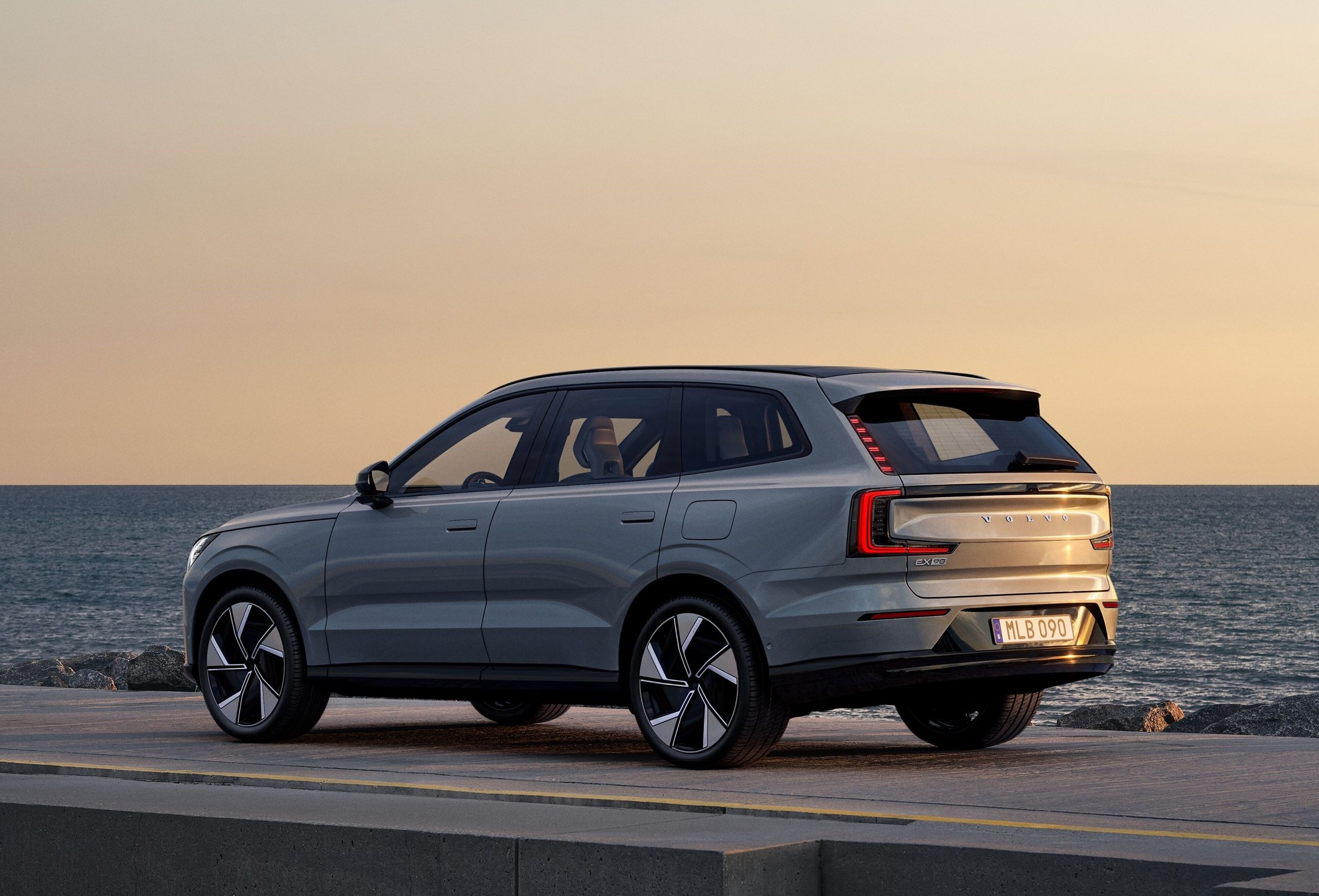
“You can still tweak some things when they’re glued in. You need to make sure you engineer it so it holds as long as the car holds. And that the whole car gets recycled at the same time. We’re not releasing that car right now, we’re releasing it mid-decade and then I can give you a straight answer [for how long the car will last] then. We need to make sure we recycle the full car, not just the batteries.”
Annwall also believes that cost parity with ICE cars is critical and will happen around 2025.
“If we don’t get electric cars as affordable as ICE cars have been in the past, or in the same ballpark, I don’t think we’re going to get the full public recognition for driving this change. I think it’s really important that we get cost parity between BEV and ICE. Our whole technical roadmap is geared to achieve exactly that.”
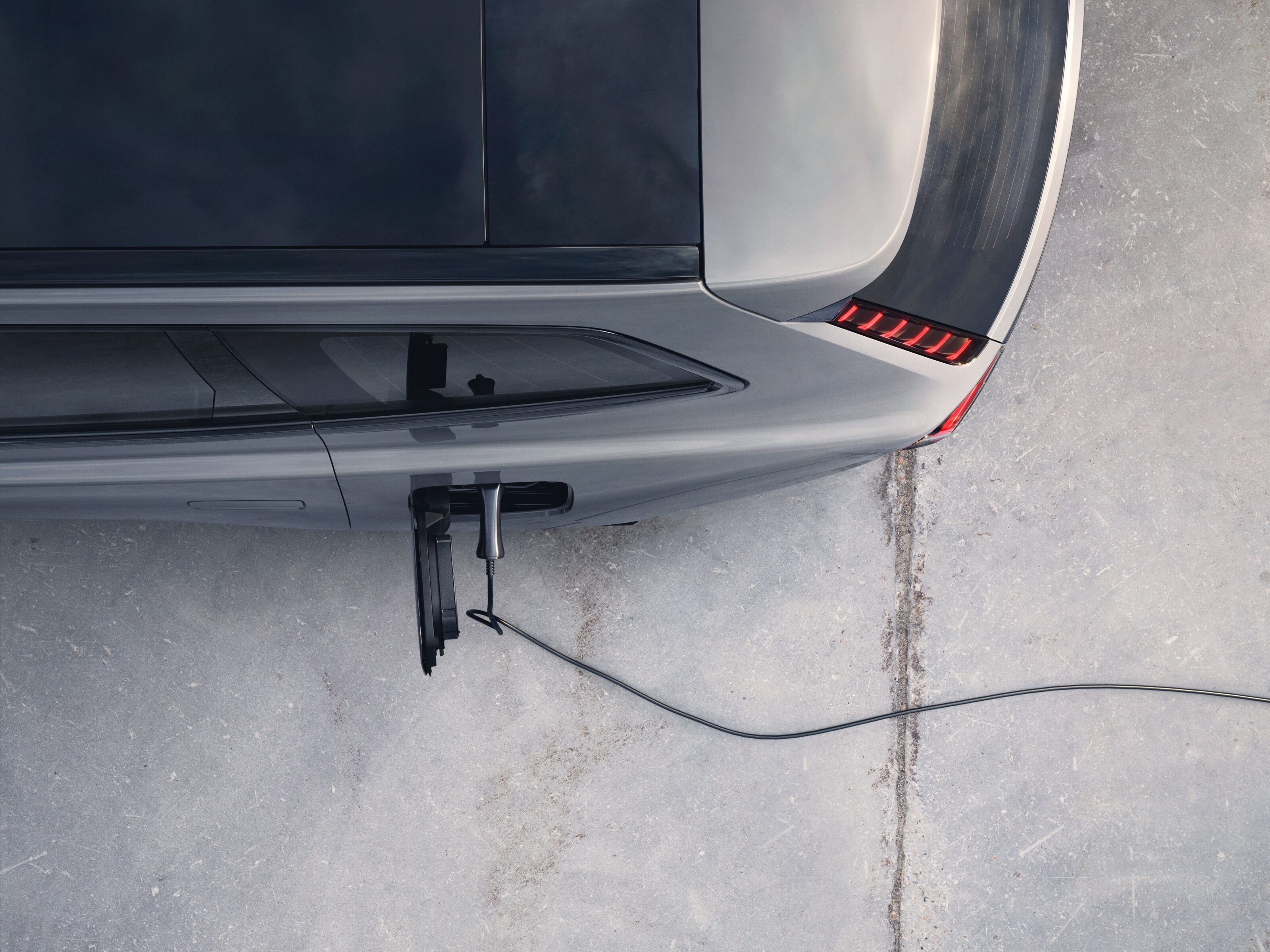
He did concede that premium manufacturers will find it easier to achieve the price parity target.
“It’s probably easier achieved for a premium manufacturer than a for a mass car manufacturer, and that’s why it can happen much quicker for Volvo. We’re a relatively small brand with a positioning as safe and sustainable, so of course we can drive this quicker than a cheap mass brand. But I firmly believe we can get there.”
Car companies are working towards electrification, but much of the world’s generation – around sixty to seventy per cent – is still based on fossil fuel, leading to accusations that EVs are just moving the problem somewhere else.
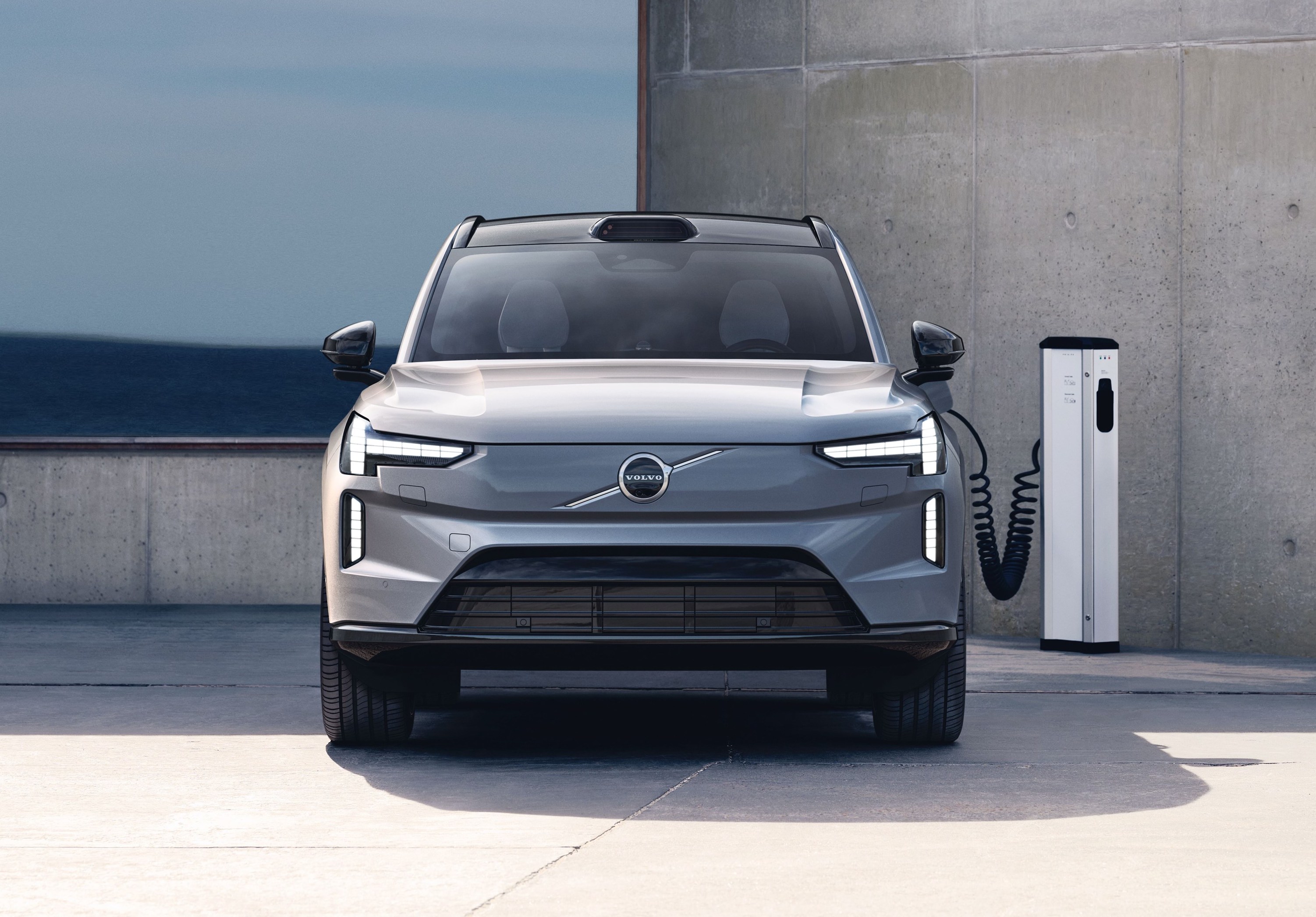
“The whole thesis of electrification doesn’t hold if we burn coal or oil to produce electricity. The world won’t reach the 2050 targets if we continue with fossil-fuel powered electricity. We need much more [renewable] primary energy. I’ve always said that’s not Volvo’s job, our job is to provide electric cars and that we work with our suppliers to come up with less CO2 demanding technologies and drive recycling. That’s what we’re good at, that’s the kind of part of the world that we can affect.
“We’ve also been forced to work with some of our suppliers to really help them build more fossil-free and primary energy production. We gang up some Tier 3 suppliers in an area and together they invest in a windmill park or solar to help accentuate this. Our target is climate neutral by 2040, but by 2025 we should take down the CO2 of each car by forty per cent with 2018 as a baseline. We give up the [climate] numbers every quarter.
“We need to take out the CO2 from our Tier 2 suppliers and we need get them off fossil fuels. And of course it goes with the usage phase as well. I’m frustrated, I think the world is too slow in building up climate neutral primary energy.”
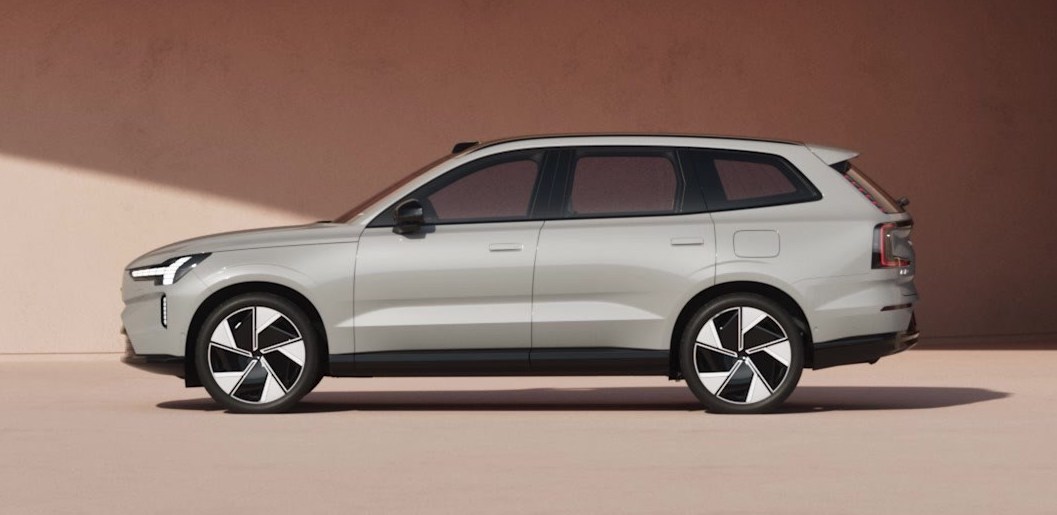
Customers will inevitably want to know how they can close the loop on their energy production, as many have done in Australia by investing in solar and battery technology for their homes or businesses.
Asked whether Volvo would consider offering solar and battery packages to support their customers, he says Volvo can be part of the solution.
“The best friend of wind and solar is a battery or some kind of electricity storage. With the EX90 you have 100kWh worth of battery bi-directional charging capability sitting next to your house or your office, that’s a very good free storage point,” he said. “We’re thinking through how in a home energy management system you can connect that storage. Those type of things we’re really investigating how we can take a more active part and encourage Volvo customers to be part of that.”
We recommend
-
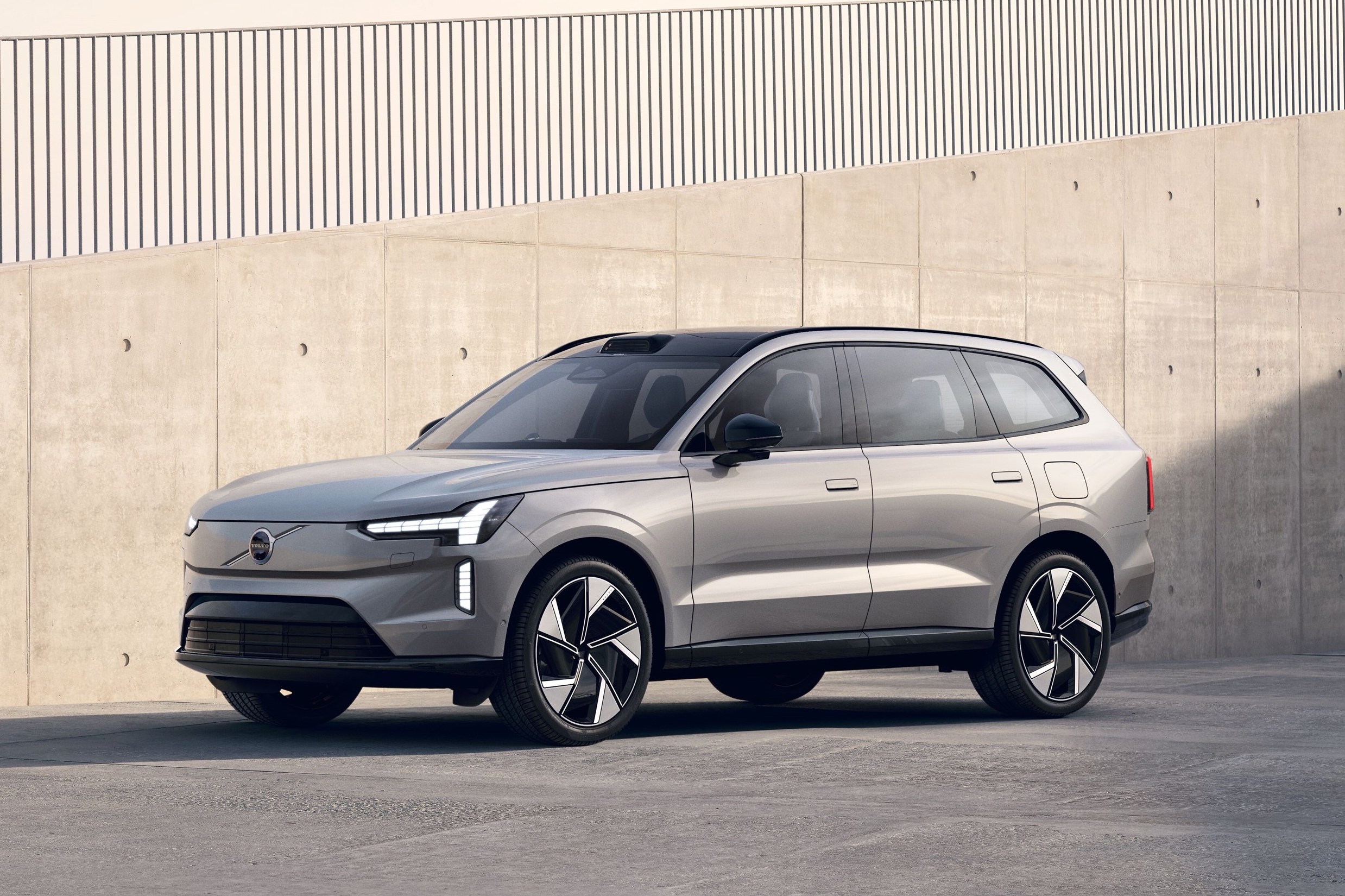 News
News2024 Volvo EX90 electric SUV revealed
Volvo has revealed the EX90, an all-electric alternative to the flagship XC90 offering self-driving capability and powerful dual-motor all-wheel drive
-
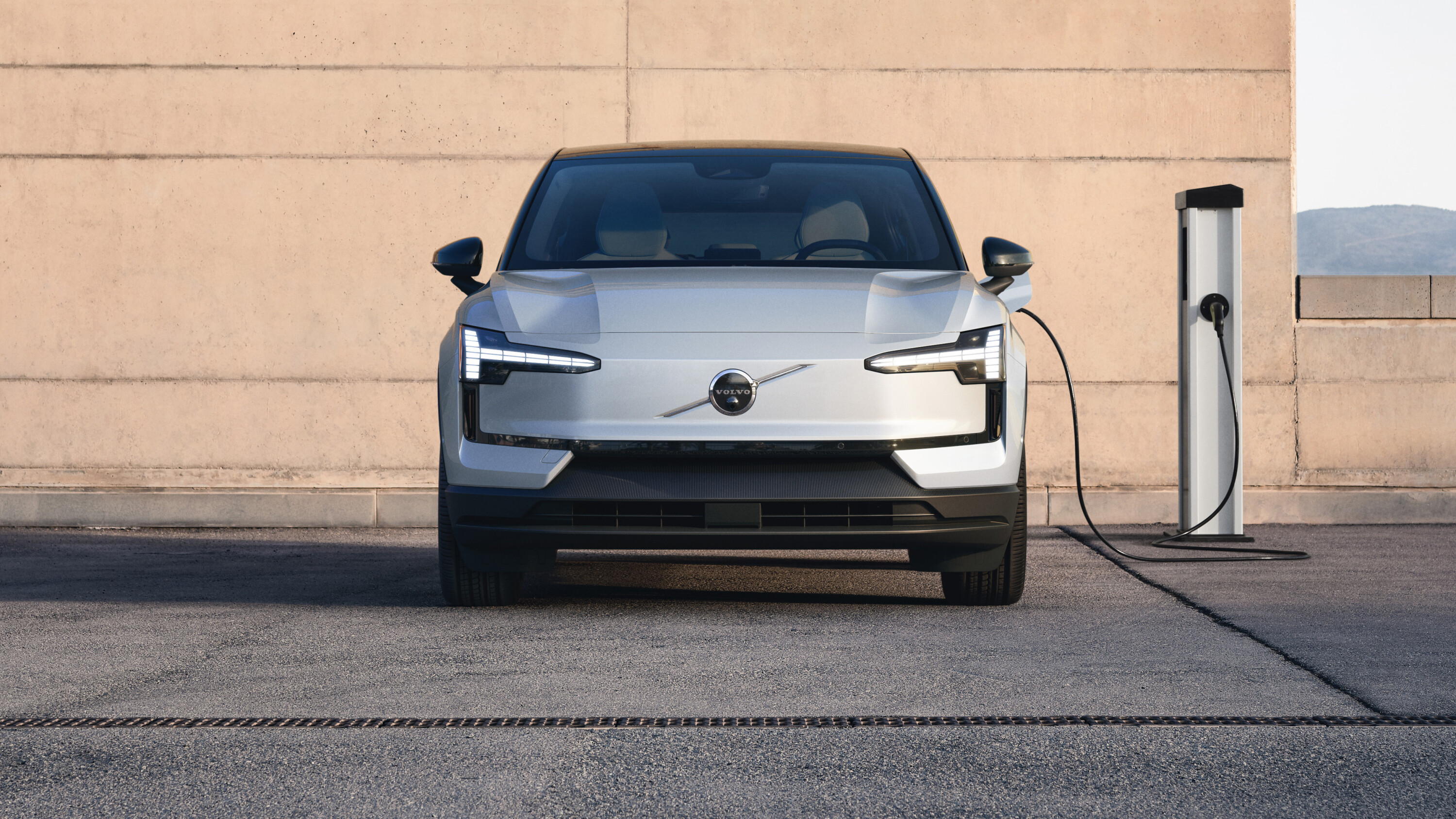 News
NewsVolvo to ditch diesel ahead of EV-only by 2030
Volvo has taken another step away from internal combustion engines
-
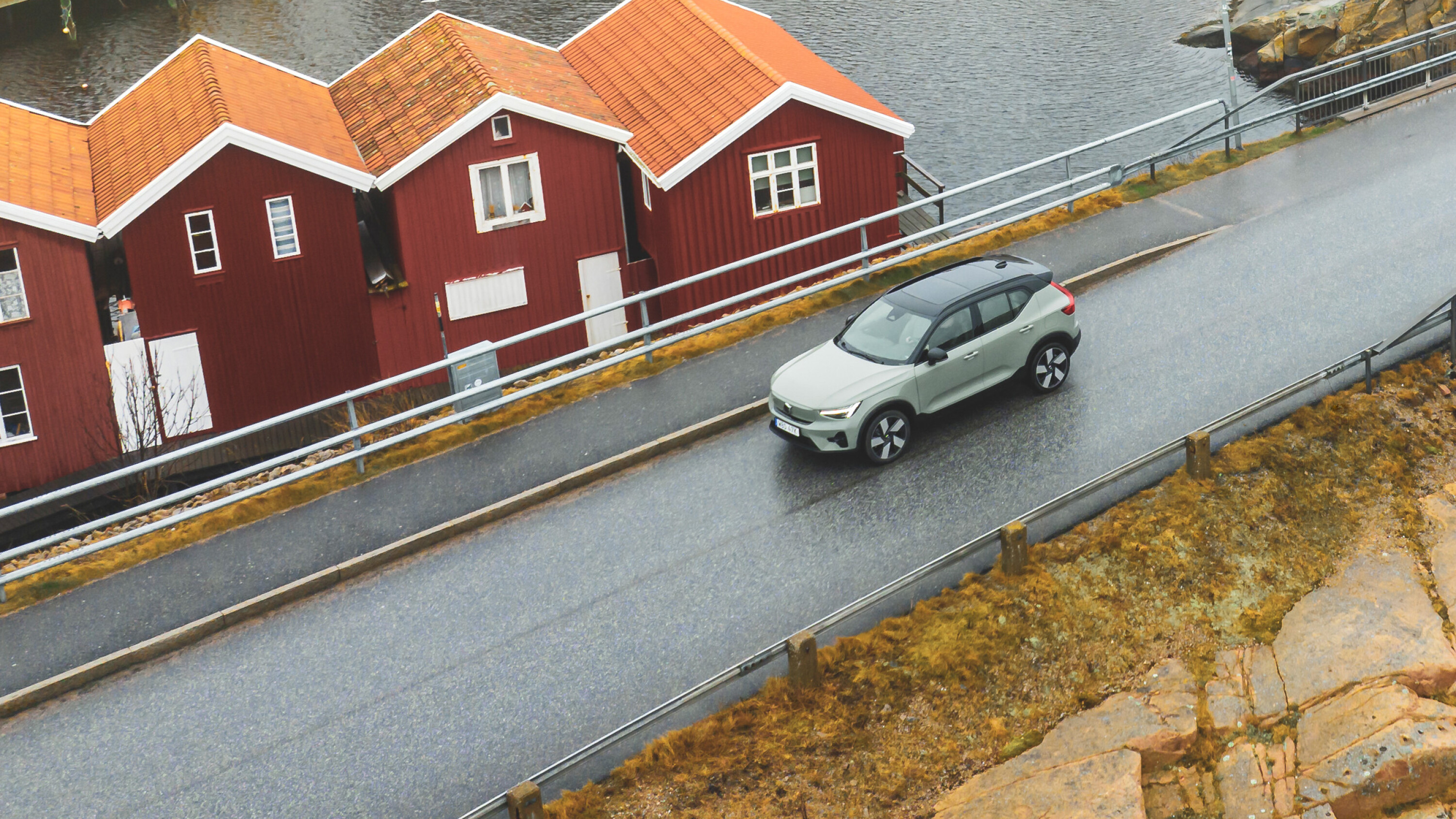 News
News2024 Volvo XC40 & C40 Recharge EVs pricing: More range, faster charging, RWD
The Sino-Swedish luxury small electric SUVs have received hardware and software improvements for model-year 2024


